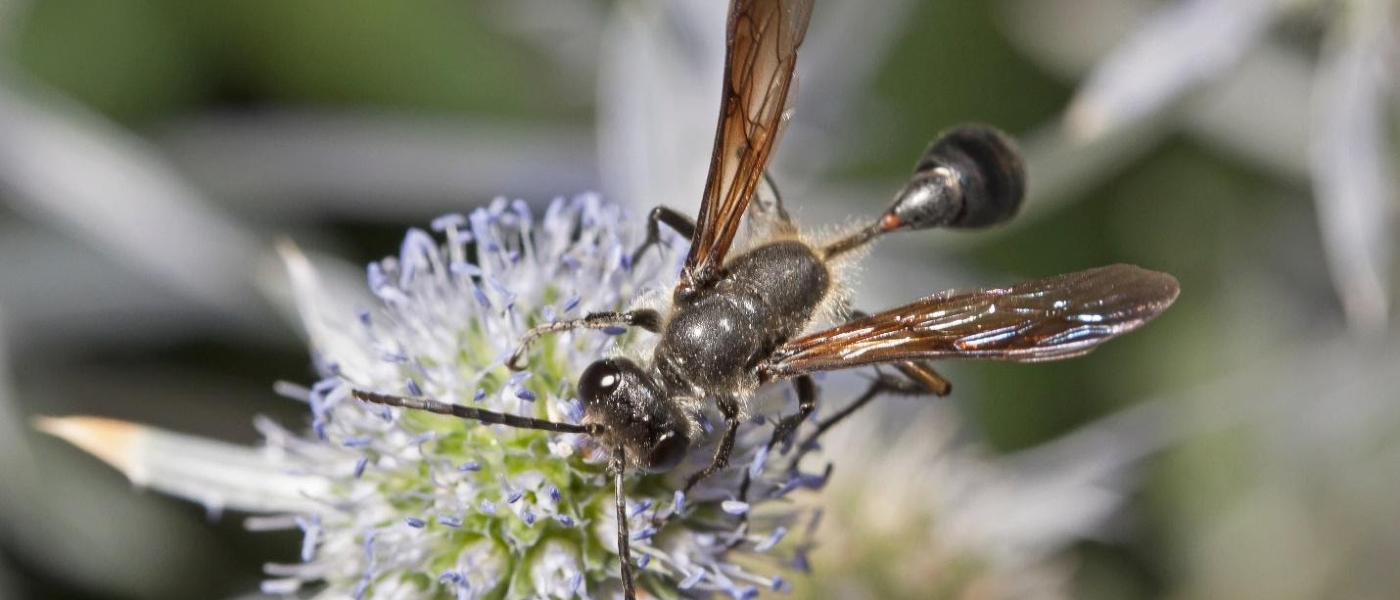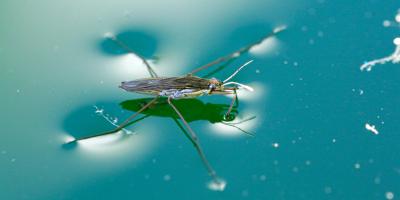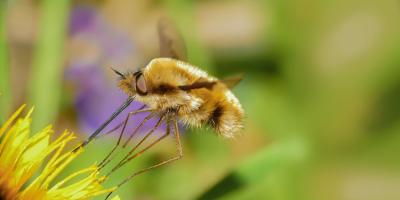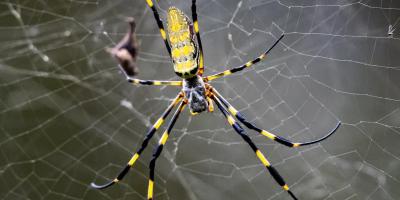Finding Grass in the Window Frame? Here's Why

Imagine: It’s a gorgeous day and you decide to let some fresh air in the house; so you open up a window, only to find something that wasn’t there when you cleaned a few days prior… tufts of dried grass in your windowsill. You might even see some cocoons and a few dead insects that look like crickets. What the hay?
No, zombie crickets aren’t invading your home, nor is a family of mythological garden gnomes building a high rise. Nor is your discovery any more concerning than those theories, even though it sounds like it should be. Because if you have dried grass in your windows, there’s a good chance that it was put there by grass-carrying wasps.
Yes, Really…
Members of the species of wasp known scientifically as Isodontia mexicana really are called grass-carrying wasps. Why?…Well, isn’t it obvious?
Grass-carrying wasps build their nests in the tracks of storm windows and screens using — you guessed it — dried, dead grass from the yard. And those cocoons you might run across? Those are the offspring metamorphosing from larvae into pupae. As for the dead crickets, well, those are just lunch for the babes.
Females of the species deposit dried grass inside a house’s window tracks to give themselves a place to lay their eggs. If left undisturbed, their brood will emerge in early summer, then that generation will mate, build nests, lay eggs — and the cycle will start anew.
Most grass-carrying wasp discoveries, however, tend to happen in the fall, when temperatures climb down into a more comfortable zone and people want to welcome the crisp, arid autumn air into their homes.
A Wasp with No Sting is a Wonderful Thing
Grass-carrying wasps are not territorial and prove to be pretty harmless for us humans. The story’s far different, however, for inch-long, slender, light green tree crickets — the grass-carrying wasp’s preferred choice of food. Besides finding them in your window ledge, the other place you’re likely to find a grass-carrying wasp nest is near tree-cricket nests in shrubs and trees.
DIY Nest Removal is Fine, if Repetitive
Because grass-carrying wasps are harmless, it’s generally fine to remove their nests and cocoons yourself. Simply brush out the grass from the frame and close the window. The only problem, if you can call it one, is you might find the task a little tedious. That’s because, if these wasps found your window attractive before, they’ll likely find it just as attractive when they are ready to set up shop again. You may need to re-visit the same window a few times throughout the summer to check for and clean out the new grass (don’t worry, they won’t be mad).
The good news is that there is no need to use any kind of pesticide against this wasp species. Rather, once you remove the wasps and their nests, if you want to prevent their return, simply fill up the gaps where they’d nested with weather stripping or insulation.
There are lots of different kinds of bugs out there, and sometimes it can be tricky to determine whether they’re friends or foes — for all those question-mark insects, ask Dr. Gary to help identify it.



